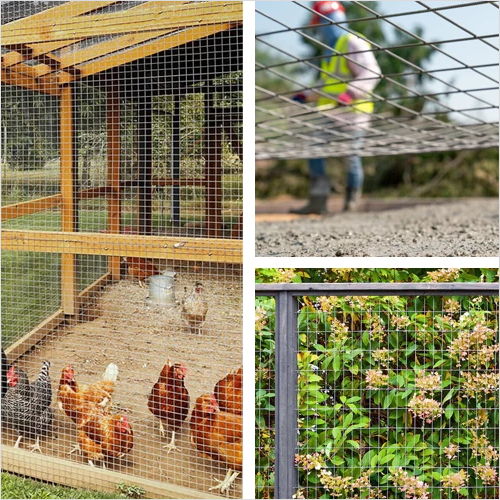Exploring the Benefits and Applications of Stretching High Tensile Barbed Wire for Enhanced Security
Understanding the Importance of Stretching High Tensile Barbed Wire
Barbed wire has been an integral part of agriculture and security measures for decades. Its applications are vast, ranging from fencing agricultural lands to securing military bases and prisons. Among the various types of barbed wire, high tensile barbed wire is gaining popularity due to its enhanced strength and durability. One key aspect of high tensile barbed wire is the stretching process, which significantly impacts its effectiveness and longevity.
High tensile barbed wire is made from steel wires with a greater tensile strength than traditional wire. This type of wire can endure higher amounts of pulling force without breaking, making it ideal for perimeter fencing where security is a priority. However, just manufacturing this type of wire isn't enough; it must be stretched correctly during installation to achieve its maximum potential.
The stretching of high tensile barbed wire is a critical step that involves pulling the wire taut before securing it to posts. This process ensures that the wire maintains its integrity and functionality. Properly stretched wire helps ensure that it does not sag over time, which would create gaps that animals could exploit or that intruders may take advantage of. A well-stretched high tensile barbed wire fence is much more resilient against environmental factors such as wind and rain, as the tension allows it to withstand forces without deformation.
Installation and stretching techniques can vary, but the key principles remain stable. A common method involves using a stretching tool that applies consistent tension to the wire as it is laid out. This tool allows for an even distribution of force, ensuring that all sections of the fence are taut. Proper stretching also minimizes the likelihood of the wire becoming entangled or damaged over time.
stretching high tensile barbed wire

The advantages of stretching high tensile barbed wire go beyond just physical properties. When properly stretched, the wire can effectively deter wildlife and intruders, providing peace of mind for homeowners and farm owners alike. For instance, farmers reliant on livestock need secure fencing not just to prevent their animals from escaping, but also to keep wild animals from entering and causing harm. A securely stretched fence made of high tensile barbed wire poses a formidable barrier against such incursions.
Moreover, high tensile barbed wire is often more cost-effective in the long term. While the initial investment might be higher than that of low-tensile wire, the longevity and performance of high tensile wire can lead to reduced maintenance costs over time. A well-stretched, high-quality barbed wire fence can last for decades, even in harsh weather conditions, as it is less likely to snap or require frequent repairs.
The environmental impact also plays a role in the discussion around high tensile barbed wire. Because it lasts longer and withstands harsh conditions, fewer resources are spent on replacement and maintenance. This longevity contributes to sustainability practices, ensuring that fewer materials are consumed over time.
In conclusion, the importance of stretching high tensile barbed wire cannot be overstated. This process enhances not only the strength and durability of the fencing but also its overall effectiveness as a security solution. For anyone considering installing a fence, investing in high tensile barbed wire and ensuring proper stretching during installation can provide significant long-term benefits. Whether for agricultural use, residential security, or conservation purposes, well-stretched high tensile barbed wire remains a vital component in effective perimeter protection.
-
Space-Saving Chain Fence Hacks Vertical Gardening with Cyclone MeshNewsJul.16,2025
-
Innovations in Iron Nail Wire Production for Modern ConstructionNewsJul.16,2025
-
Creative Uses of Wire Netting Fence in Modern Landscape DesignNewsJul.16,2025
-
Barbed Wire Fence Innovations in Anti-Climb TechnologyNewsJul.16,2025
-
Architectural Uses of Umbrella Nails for Aesthetic Roof DesignsNewsJul.16,2025
-
Architectural Uses of Razor Barbed Wire in Secure Urban DesignNewsJul.16,2025




